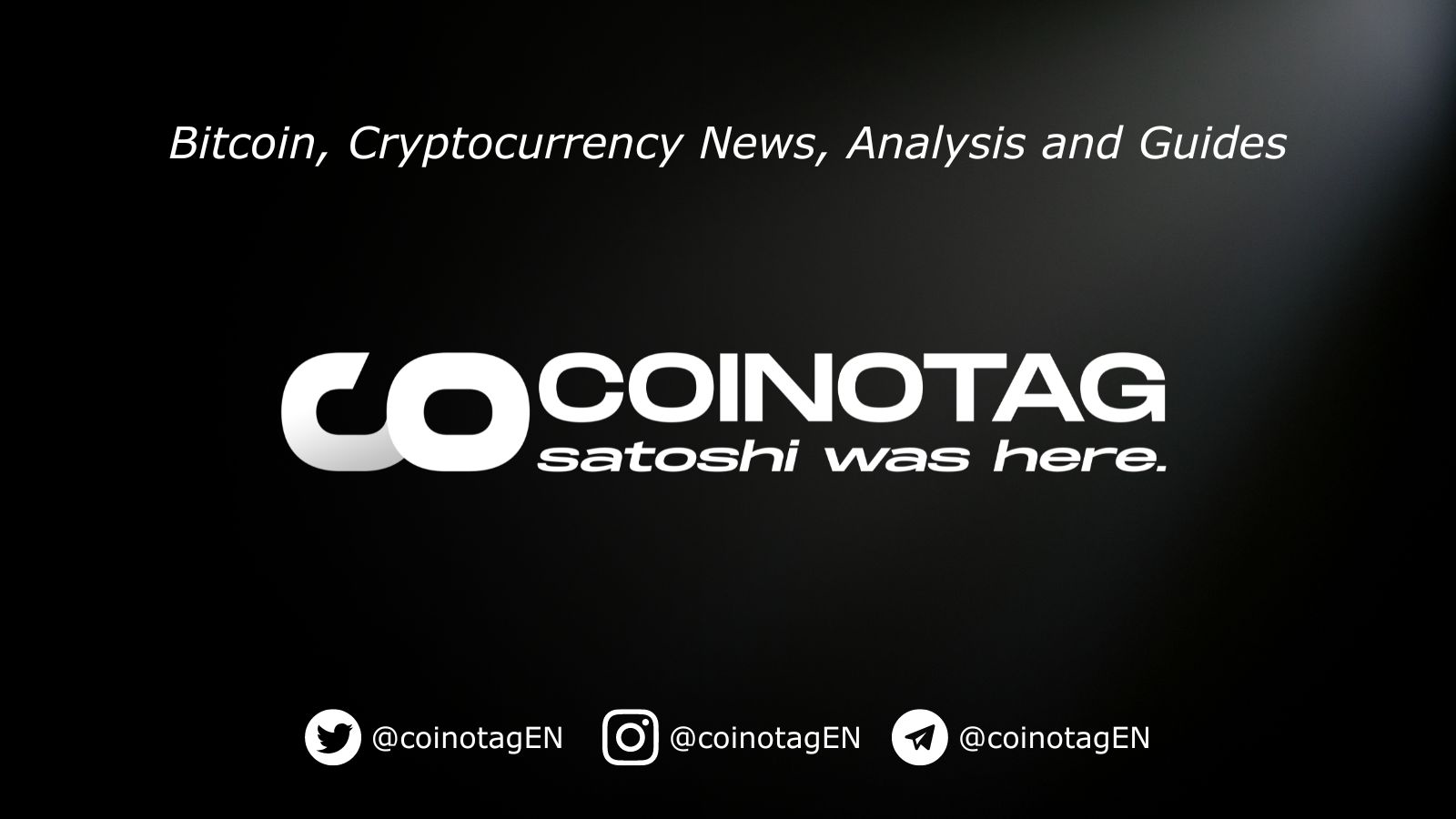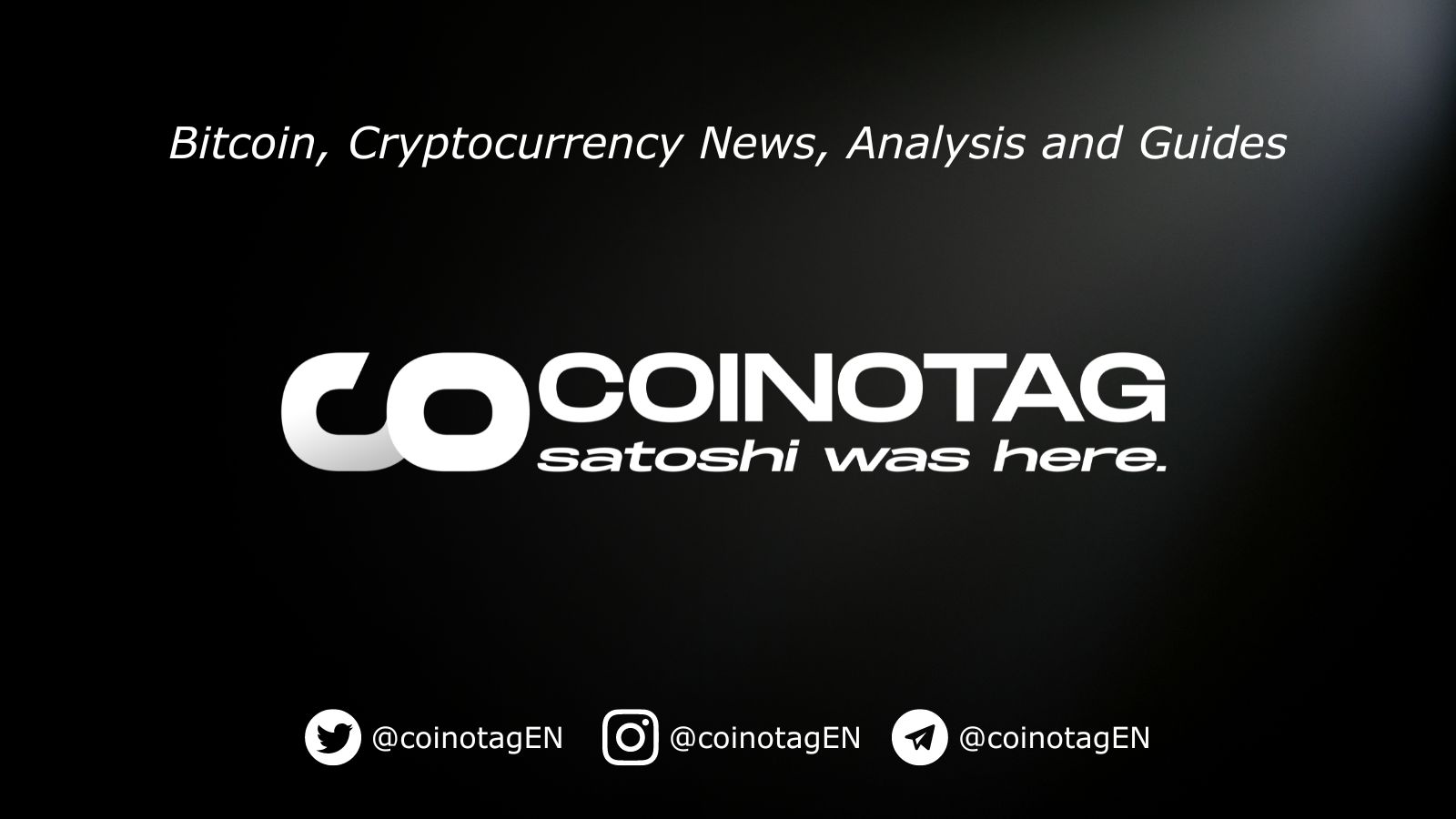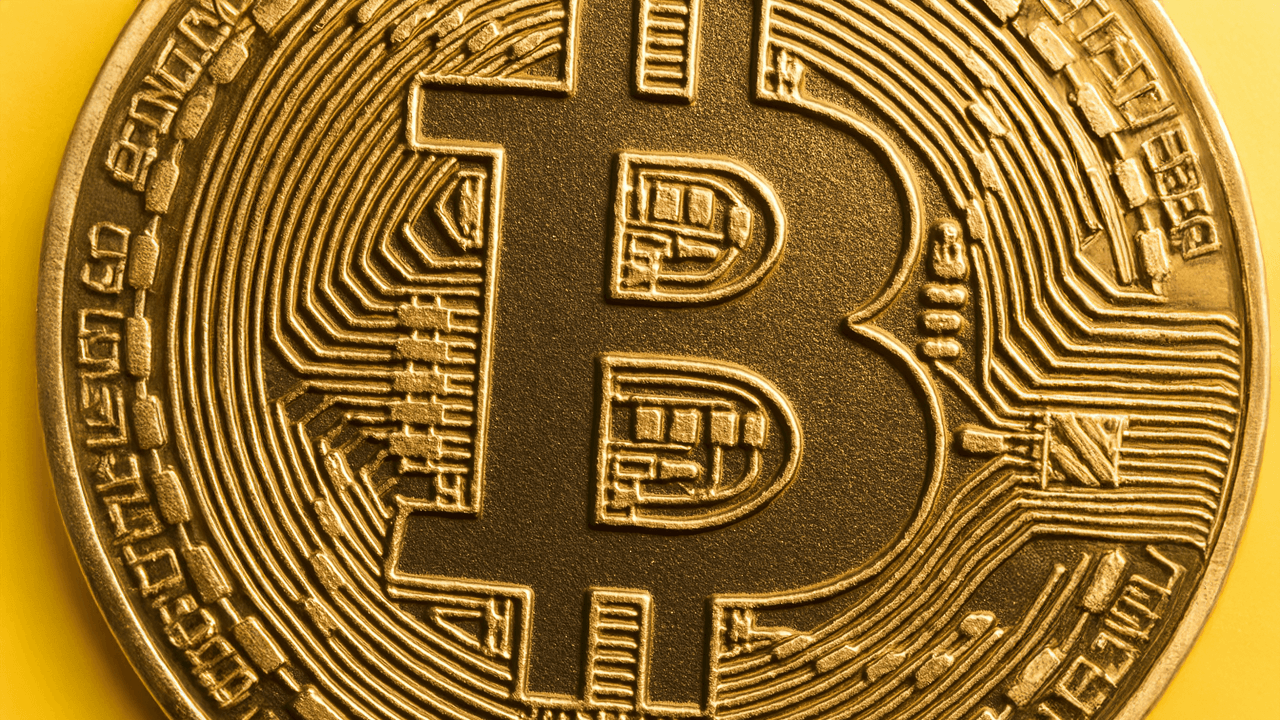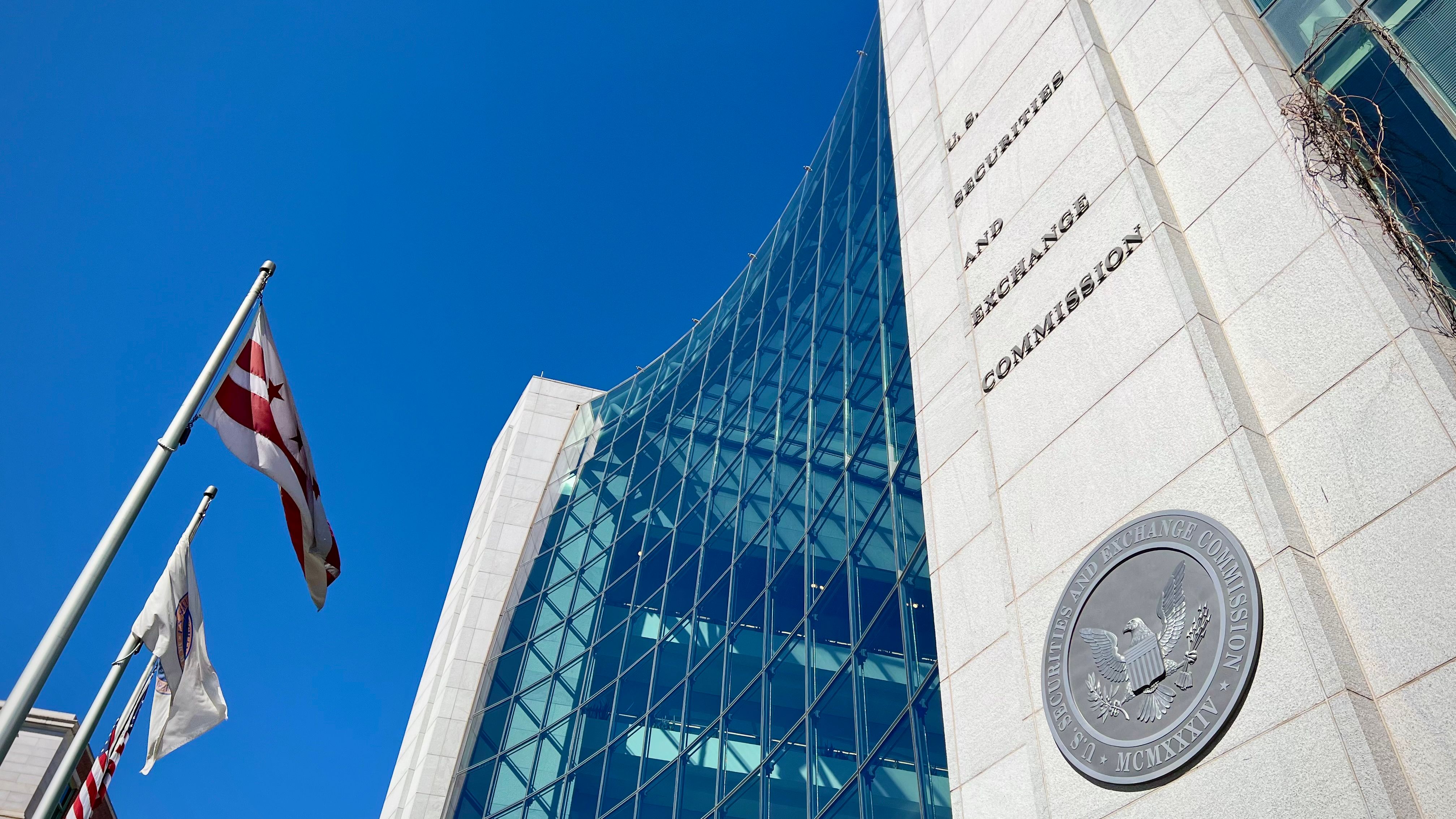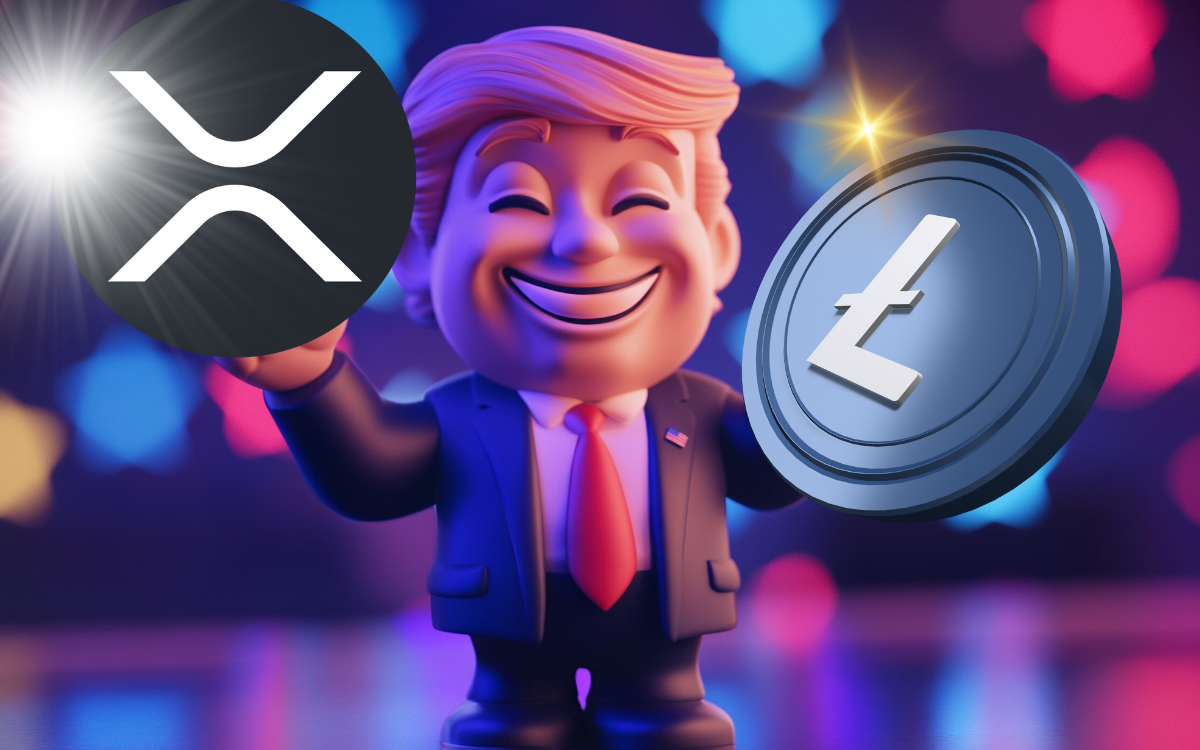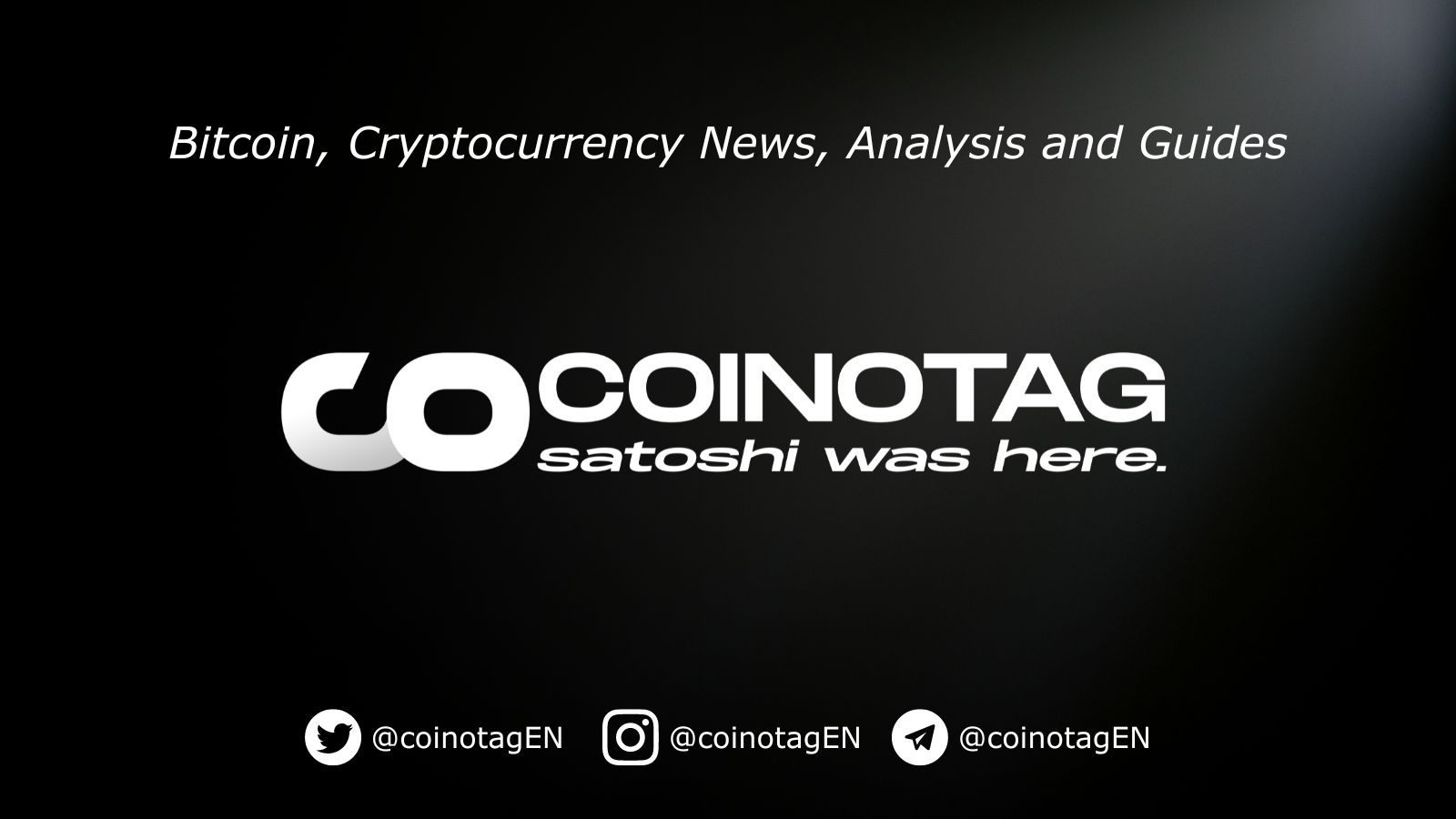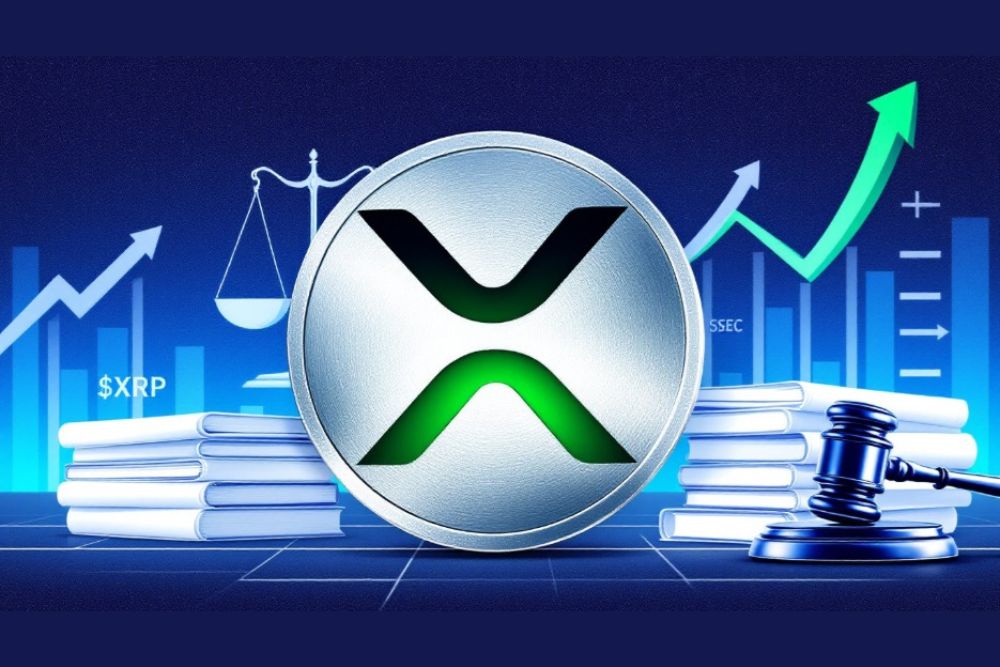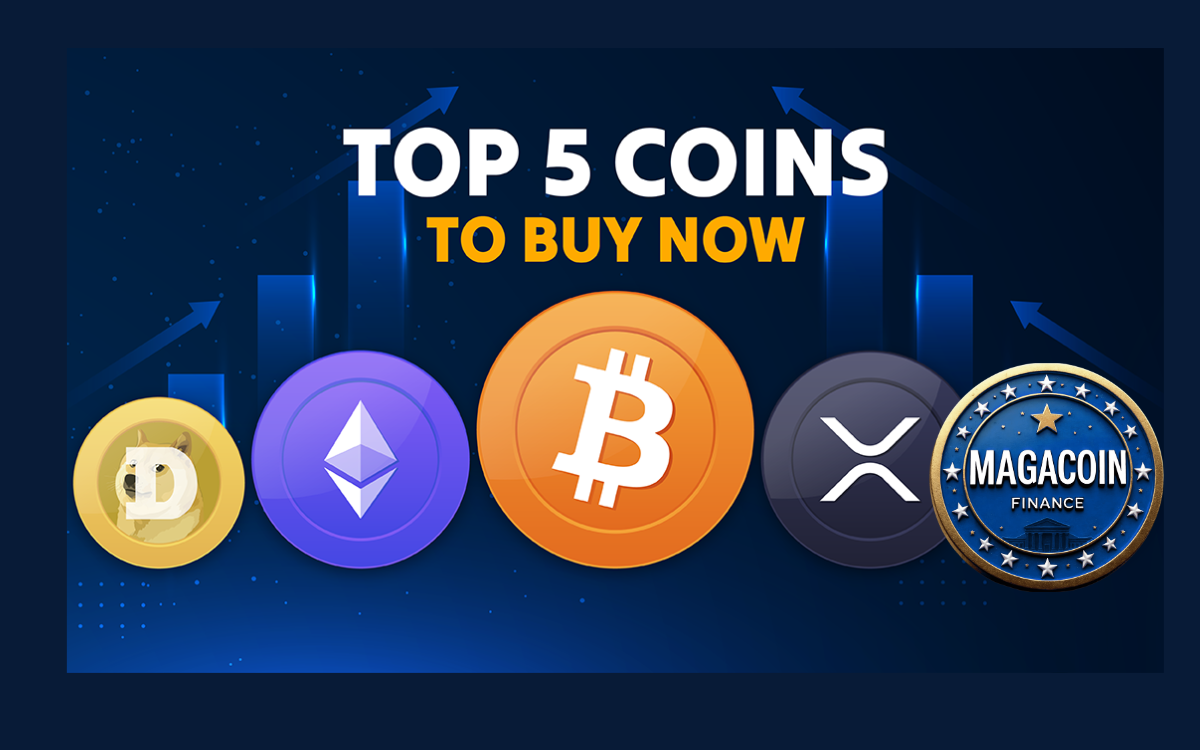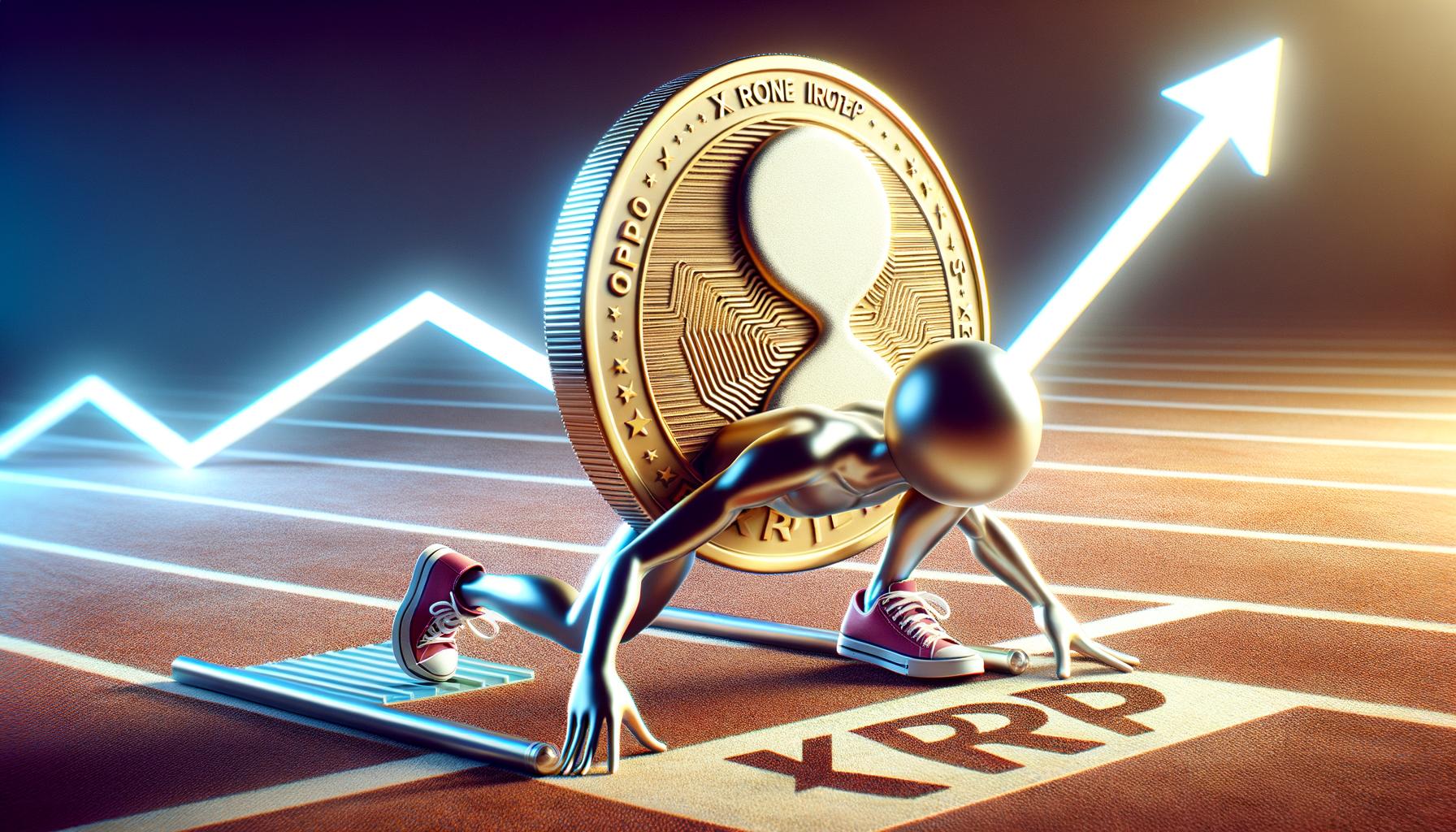
The recent unlock of Solana tokens has prompted a significant shift among whale investors, leading to nearly $50 million in sales. This massive offloading comes as Solana whales seek to
CoinOtag
You can visit the page to read the article.
Source: CoinOtag
Disclaimer: The opinion expressed here is not investment advice – it is provided for informational purposes only. It does not necessarily reflect the opinion of BitMaden. Every investment and all trading involves risk, so you should always perform your own research prior to making decisions. We do not recommend investing money you cannot afford to lose.
Kaiko Report Highlights Key Drivers of Q1 Crypto Market Decline and Outlook for Q2
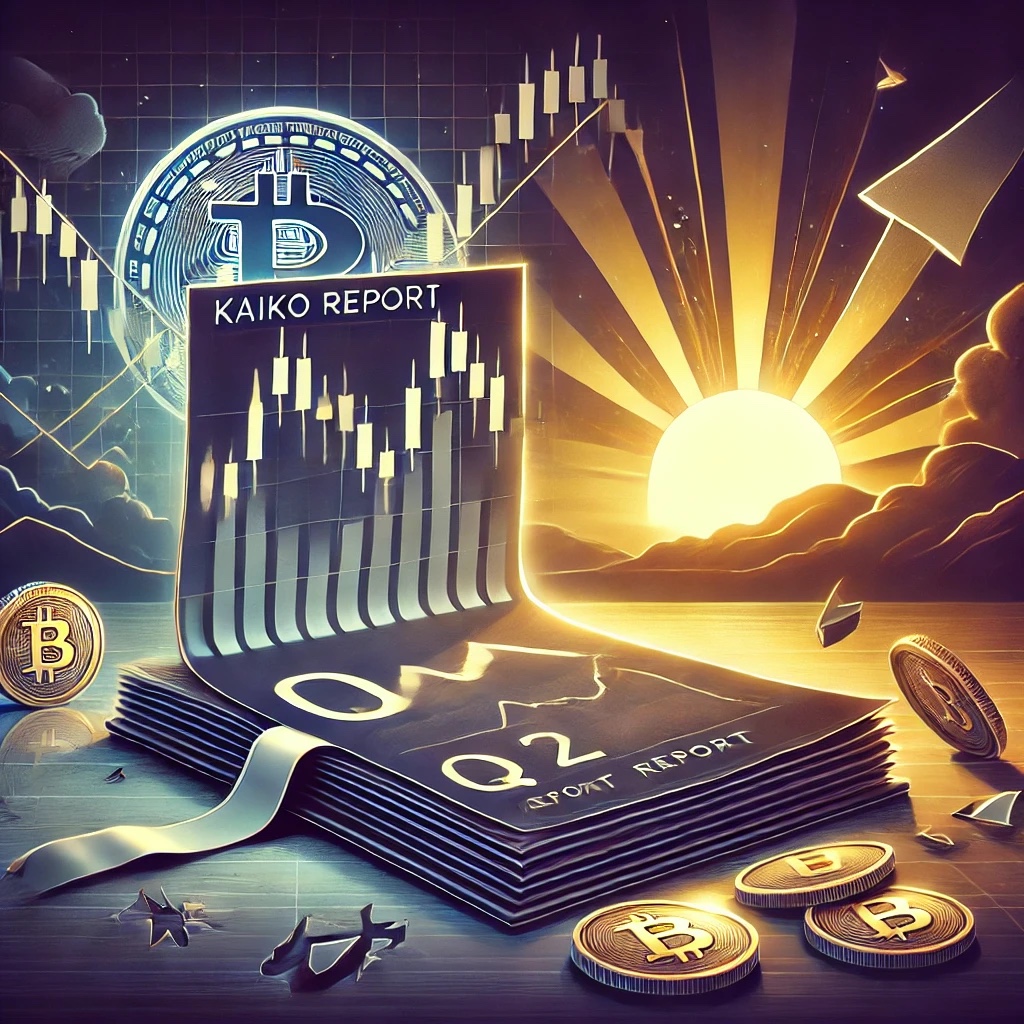
Bitcoin and other crypto assets faced headwinds in the first quarter of 2025 as global economic tensions intensified. After a strong start to the year driven by optimism over President Donald Trump’s return and supportive macroeconomic expectations, the crypto market struggled with a sharp drop in trading volumes. According to a new report by Kaiko, the tariff measures introduced by the Trump administration contributed to increased volatility and risk-off behavior among market participants. Related Reading: Is The Bitcoin Bottom In After Trump’s Tariff Pause? Here’s What To Expect Crypto Q1 Volume and Liquidity Performance Bitcoin, which had rallied to new highs in January, has now fallen by over 25% from its peak, ending the quarter down approximately 12%. Ethereum and the top altcoins also saw declines, with AI and memecoins posting average losses above 50%. Weekly volumes for BTC, ETH, and other major tokens averaged $266 billion, down 30% from levels seen in late 2024. Kaiko attributed much of the decline to offshore exchange activity falling and traders pulling back due to rapid market swings and uncertainty. U.S.-based exchanges maintained strong market depth despite broader selloffs, buffering the impact on Bitcoin’s liquidity. Platforms like Coinbase, Kraken, and CEX.IO collectively comprised 60% of BTC’s market depth in Q1. This allowed BTC to outperform many altcoins, which suffered from both reduced demand and thinner liquidity. Kaiko noted that this environment favored larger-cap assets and further highlighted the resilience of BTC compared to other riskier assets in the crypto space. The report noted: Altcoin volatility surged in early 2025, reaching multi-year or all-time highs for certain tokens, notably Cardano’s ADA. Bitcoin’s volatility also rose, from 34% in February to 51% in March, though it stayed below the peaks observed during last August’s carry trade unwinding. The growing volatility gap between Bitcoin and altcoins may discourage risk-averse traders from entering the market in the near future. The Path Ahead: Outlook For Q2 Looking forward, Kaiko analysts believe the second quarter could offer renewed opportunities. The White House’s recent decision to delay tariff implementation by 90 days has already sparked a short-term rally, suggesting sensitivity to macroeconomic developments remains high. More importantly, structural tailwinds are building: the expansion of the stablecoin market, pending ETF approvals for altcoins, and the appointment of pro-crypto SEC Chair Paul Atkins could all support a recovery In addition, the stablecoin sector, led by USDT and USDC, has grown 33% since late 2024, now exceeding $230 billion in supply. Historical data from Kaiko suggests that expansions in stablecoin supply often precede broader crypto rallies. Related Reading: Bitcoin Bulls Crushed: $500 Million Liquidation Shakes Market Confidence With over 40 crypto-related ETF applications pending review and two stablecoin bills gaining momentum in Congress, the potential for renewed institutional participation is rising. Kaiko’s report concluded that if market volatility subsides and regulatory clarity improves, Q2 may mark a shift in sentiment. While risks remain from geopolitical tensions and economic policies, the combination of macro catalysts and maturing infrastructure may pave the way for renewed growth, particularly for Bitcoin. Featured image created with DALL-E, Chart from TradingView CoinOtag
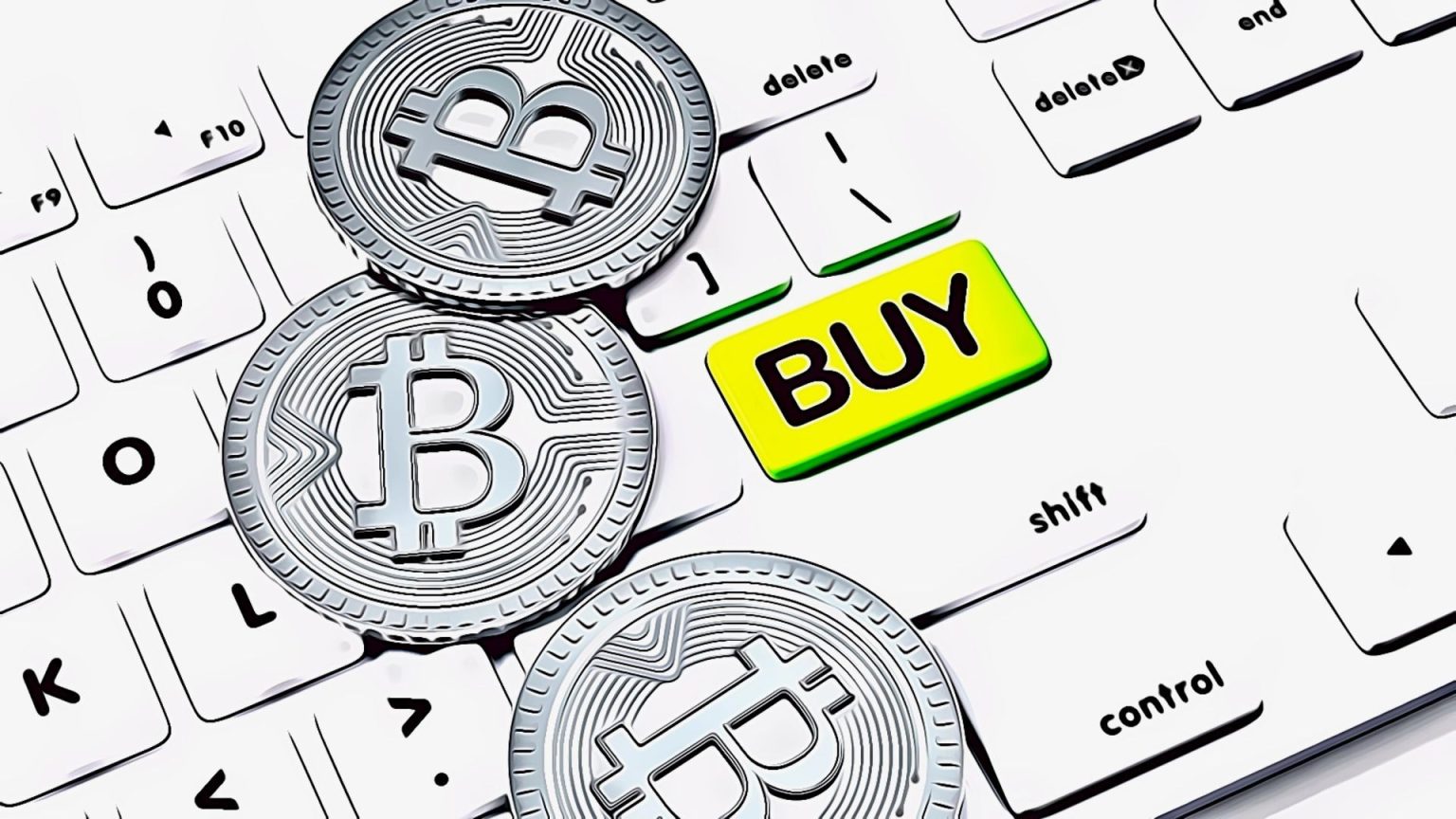
Rising Open Interest and Negative Funding Point to Growing Short Pressure in Select Altcoins
A recent change in the derivatives landscape is bringing a possibly bearish altcoin setup to light. Why? Because open interest is rising—and it’s now being paired with negative funding rates. These two together signal that not only is the market being forced to short, but also that the shorts are being put on with some serious size. And when you open a short in the types of products that really give you the edge in crypto , you’re kind of signaling to the market that you expect prices to go down. On this front, several assets are raising red flags, with Zcash ($ZEC) being the most prominent case. It is a privacy coin that is now under suspicion and has been flagged by multiple sources as possibly non-compliant with SEC regulations. Some other tokens, like $NEO, $FET, and $AIOT, are also starting to show the early signs of compliance issues. These assets moving in a certain non-compliant direction could serve as the directional impetus for any spots and derivatives to now also make a non-compliant move. Zcash Leads the Pack in Bearish Sentiment Zcash ($ZEC) currently stands out as the asset with the most extreme divergence between rising leverage and bearish positioning. Over the past 24 hours, open interest on ZEC futures has surged by 35.5%, a significant uptick that typically indicates increased trader engagement. However, this rise in leverage is occurring alongside a deeply negative funding rate of -0.17% — the most negative across the observed assets. Several assets are seeing rising open interest paired with negative funding – suggesting a concentration of short positioning despite increasing leverage: $ZEC: OI +35.5%, Funding -0.17% pic.twitter.com/Qz1Zlen535 — glassnode (@glassnode) April 9, 2025 Funding rates show the cost of holding long versus short positions in the perpetual futures market. When the rate is negative, it means that the short traders are paying the long traders; in other words, most traders in the market are shorting the asset. ZEC saw a very large increase in OI, or open interest, over the past week. At the same time, the funding rate is sharply negative and getting more so, which suggests that traders in this market are very aggressively building short positions. This dynamic can create a feedback loop in thin or illiquid markets. When a lot of traders are going short, even small negative price movements can lead to more unwinding of positions, which means that we could see a downside move that is faster than what we might expect in a normal market condition. But we could also see a fast, upside reversal if sentiment changes to the bullish side or if selling pressure just dries up. NEO and FET: Rising Leverage, Flat Price Action Though ZEC’s situation is the most extreme, $NEO and $FET are also showing signs of potential directional stress. NEO’s open interest has jumped 47.8%, the largest increase in this group by far. Despite this increase, however, price action for NEO has remained stagnant and even slightly bearish, which suggests that this increase in OI is not a function of bullish longs driving the price higher, but rather an influx of shorts driving the price lower. NEO’s funding rate has dipped into negative territory at -0.045%, which supports the notion that most recent traders are shorting the asset. Open interest is also up for FET (Fetch.ai). However, since the funding rate is also at -0.045%, any recent price moves that have possibly occurred for FET should not be credited with shoring up the asset’s funding rate. Yet another slow day for FET shows it is not earning strength from traders who are willing to bet on a price increase. Both assets may be at heightened risk of volatility for two reasons: -Traders may start unwinding short positions in both assets if they begin to move up in price. -Even if traders maintain short positions, they could be at risk of having those positions move against them if some market catalyst leads to a decline in the prices of the safe-haven assets they’re using as proxies. AIOT: Falling OI and Mildly Bearish Funding Interestingly, not all assets are seeing rising leverage. Open interest for AIOT has dropped a considerable 25.1%, and still AIOT has a mildly negative funding rate of -0.060%. Given that this is a funding rate that’s not actually that crazy in the negative, it suggests, to me at least, that traders are decreasing risk as they get ready for whatever is coming next in AIOT. While the funding stays negative, the mix of declining open interest and a relatively small amount of money suggests that bearish pressure is either dissipating or that traders are still too tentative to re-short the market aggressively. Conclusion: Market Poised for Volatility Data taken together depicts a picture of a derivatives market that is increasingly one-sided, at least in the short term. Open interest across multiple assets is rising. But when you pair that with funding rates that are down across the board, it suggests that the market is betting on a downward movement. Yet, when markets become too one-sided, they become fragile. With so many traders packed into short positions, the risk of a short squeeze — a sudden, sharp upward move that forces shorts to close — also increases. And the more we crowd into our safe spaces, the bigger and more violent the resultant move when the inevitable unwind occurs. These setups should be watched closely by traders. They are closely correlated to many of the setups we just discussed. Trading them means you think either current sentiment is about to continue or that a violent reversal is in the works. Disclosure: This is not trading or investment advice. Always do your research before buying any cryptocurrency or investing in any services. Follow us on Twitter @nulltxnews to stay updated with the latest Crypto, NFT, AI, Cybersecurity, Distributed Computing, and Metaverse news ! CoinOtag

